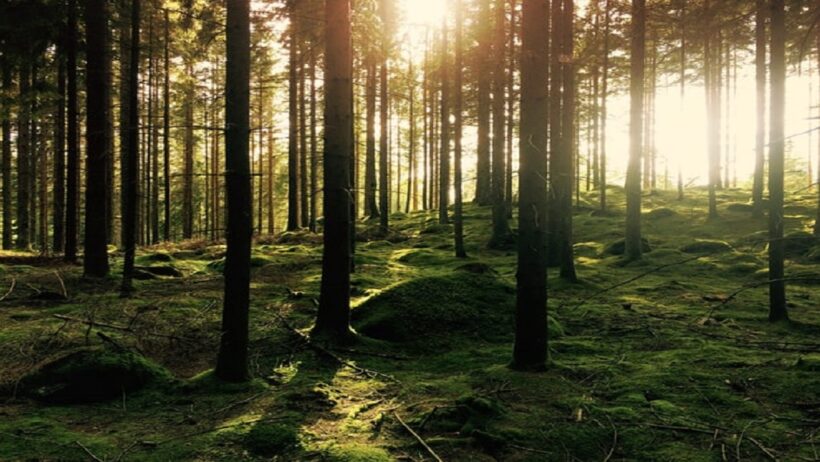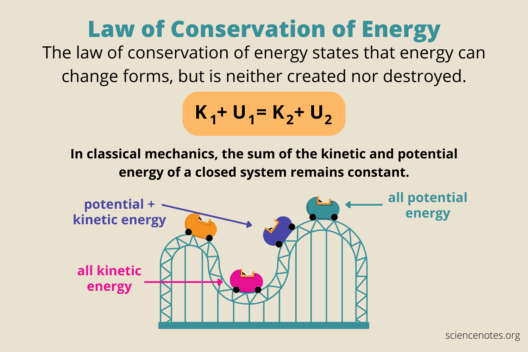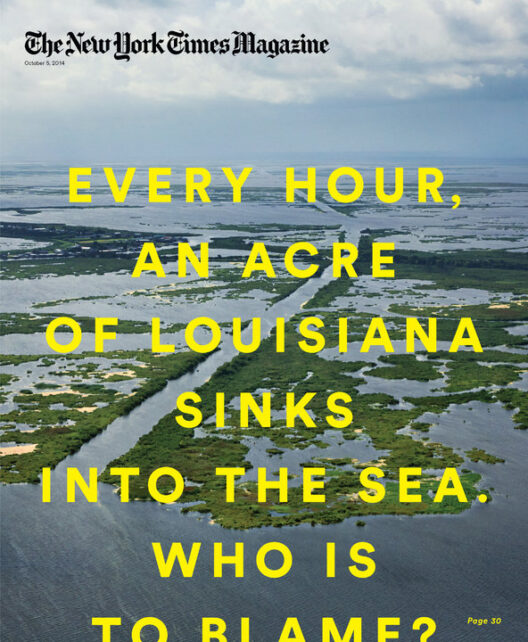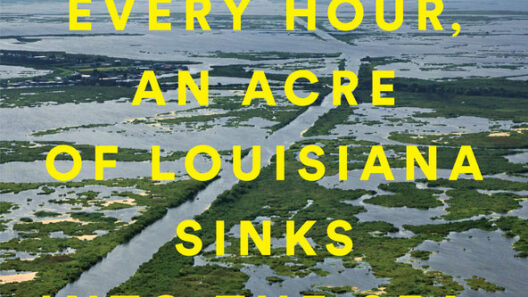Global warming, a manifestation of climate change, is not just an abstract concept confined to scientific discussions; it is a palpable reality that profoundly influences the frequency and intensity of natural disasters. One stark illustration of this is the unprecedented wildfires plaguing California. As we delve deeper into how global warming is intricately linked to such disasters, a playful yet pressing question arises: Can humanity outsmart nature’s fury, or are we merely spectators in a tragic play?
The phenomenon of global warming is primarily driven by the accumulation of greenhouse gases in our atmosphere, primarily carbon dioxide, methane, and nitrous oxide. These gases trap heat from the sun, leading to a rise in global temperatures. One of the most discernible effects of this relentless heating is the alteration of our climate patterns. California, famed for its idyllic landscapes and Mediterranean climate, has increasingly become a battleground for wildfires, often ignited by dry conditions exacerbated by rising temperatures.
Historically, California has experienced wildfires, but the nature and scope of these incidents have evolved dramatically in recent years. Longer periods of drought, intense heatwaves, and erratic rainfall patterns have become the new normal. Regions that once enjoyed mild weather are now fraught with conditions ripe for fire ignition, creating an alarming reality where wildfires can erupt with little warning, often leaving devastation in their wake.
So, how exactly does global warming set the stage for these incendiary events? Firstly, let’s examine the paradoxical relationship between drought and wildfire prevalence. Rising temperatures rapidly increase evaporation rates from both soil and water bodies. This phenomenon leads to the shedding of moisture, creating a parched environment. Vegetation, ever resilient, adapts by becoming more drought-tolerant, but this resilience has limits. Compromised by insufficient water, trees and shrubs become prime candidates for combustion, effectively transforming forests into tinderboxes.
Moreover, global warming spurs shifts in precipitation patterns. California has seen an uptick in torrential rainfalls interspersed with prolonged dry spells. The juxtaposition of heavy rains followed by drought is a harbinger of fire risk. Following heavy rains, vegetation flourishes, leading to an increased accumulation of biomass. When the inevitable dry season arrives, this surplus of fuel becomes readily accessible to potential ignition sources, be it lightning or human activity.
As we explore the influence of global warming, it is crucial to consider extreme weather events. Heatwaves, a direct consequence of climate change, are not just uncomfortable; they are catalysts for disaster. In California, when temperatures soar, the risk of wildfires escalates significantly. The heat dries out the landscape, making it more susceptible to fires. Additionally, gusty winds, which frequently accompany such heatwaves, can rapidly spread fires beyond containment, challenging firefighters and emergency responders.
Another dimension worth mentioning is the impact of invasive species. Rising temperatures and changing climates have enabled invasive plants to thrive in California’s ecosystems. These species often possess traits that make them more flammable than native plants. Consequently, they contribute to a higher likelihood of igniting wildfires and complicate efforts for containment and prevention.
The urban-wildland interface is another vital aspect that deserves attention. As California’s population grows, urban development increasingly encroaches on wildfire-prone areas. This expansion exacerbates the fire risk as infrastructure and human activity intersect with natural landscapes, creating a volatile mix. The presence of homes in high-risk areas not only poses a risk to human lives and property but also strains firefighting resources. The challenge of effectively managing these interfaces is amplified by climate change, as fires grow in intensity, making them harder to control.
Transitioning from understanding the contributing factors to examining the responses reveals a dual narrative. While awareness has increased regarding the impacts of global warming on wildfires, responses often lag behind. Policy-makers face the formidable challenge of not only enacting effective wildfire management strategies but also tackling the root causes of global warming itself. The need for sustainable land-use practices, greater investment in renewable energy, and robust wildfire management programs has never been more urgent.
Moreover, community resilience plays a pivotal role. Engaging communities in understanding fire risks and implementing preventative measures can significantly mitigate disaster impact. From controlled burns to community education on fire-resistant landscaping, every action counts. As we ponder the question of whether humanity can outsmart nature, it becomes clear that our most potent weapon lies within collective consciousness and action.
Lastly, global cooperation is vital in this battle against climate-induced disasters. As the world grows more interconnected, sharing knowledge and strategies for fire prevention and climate adaptation across borders can produce innovative solutions. Learning from one another’s experiences could pave the way for a more resilient future, not just for California, but for all regions vulnerable to the chaotic dance of wildfire.
In conclusion, global warming intricately weaves itself into the fabric of natural disasters such as California wildfires. The intricate interplay of drought, heat, invasive species, and human encroachment creates a precarious situation that stresses both ecosystems and communities. As we stand on the precipice of potential catastrophe, the question remains: Can we challenge the forces of nature? Through commitment, innovation, and collaboration, perhaps the answer is a resounding yes.








